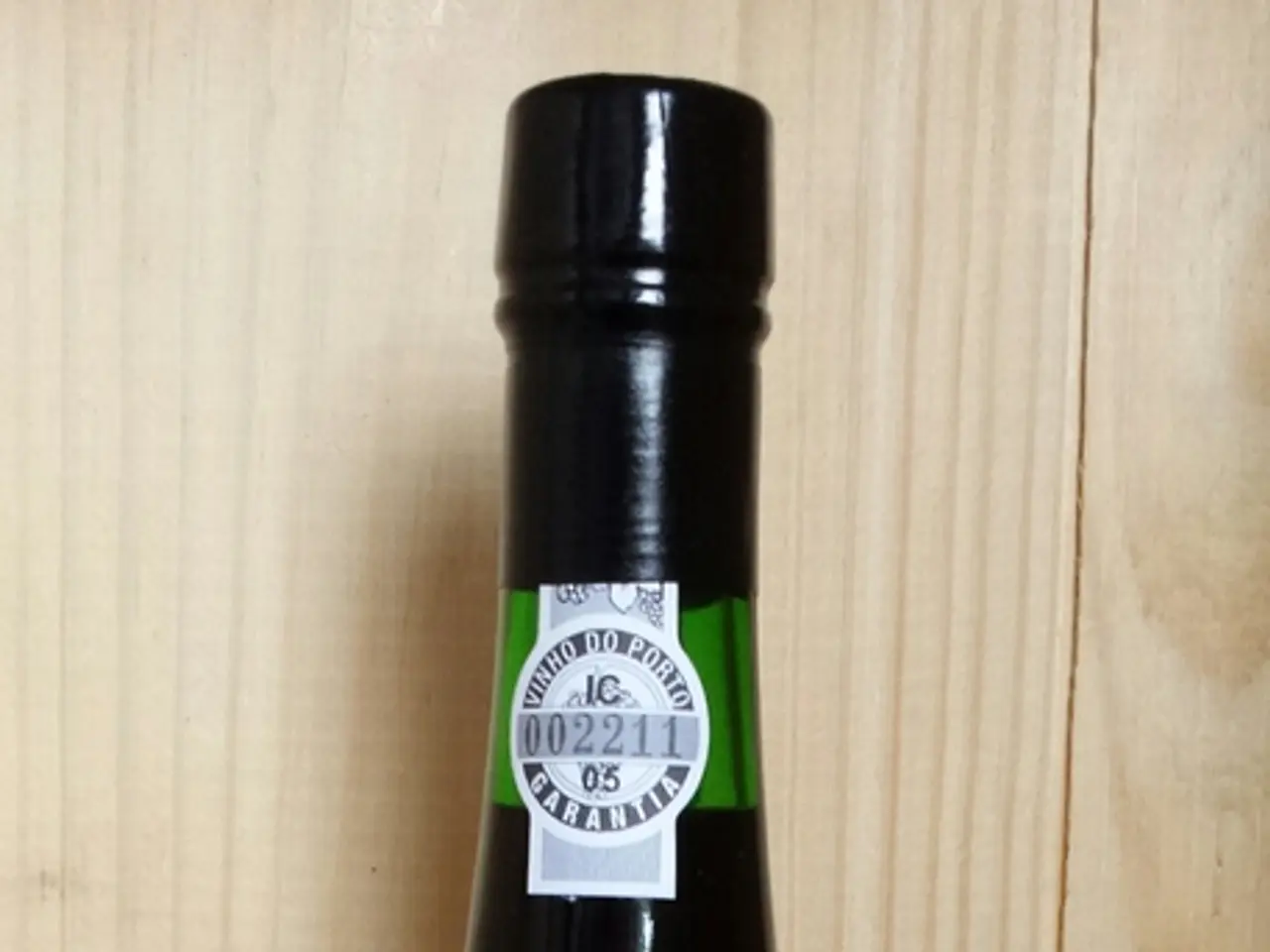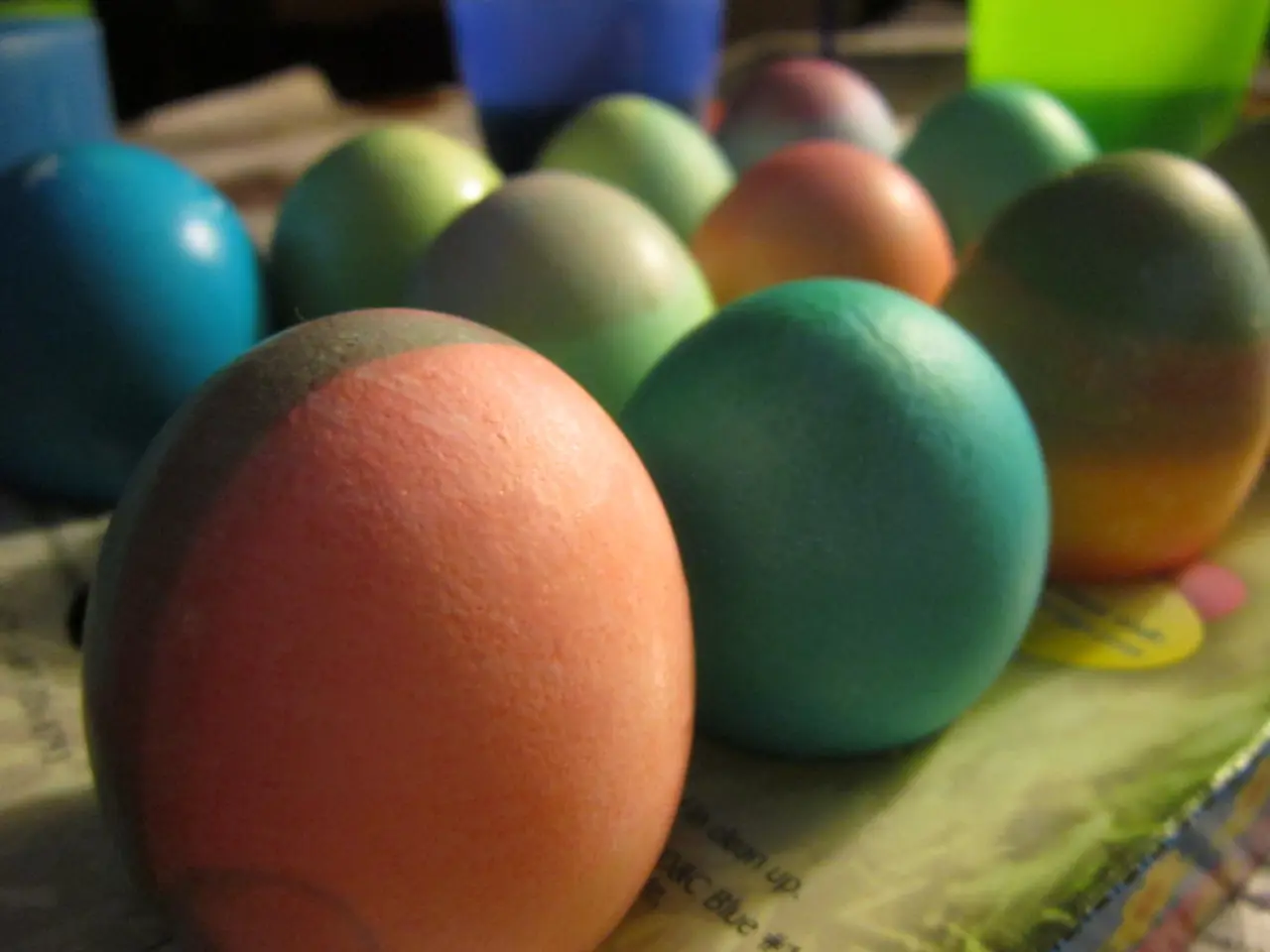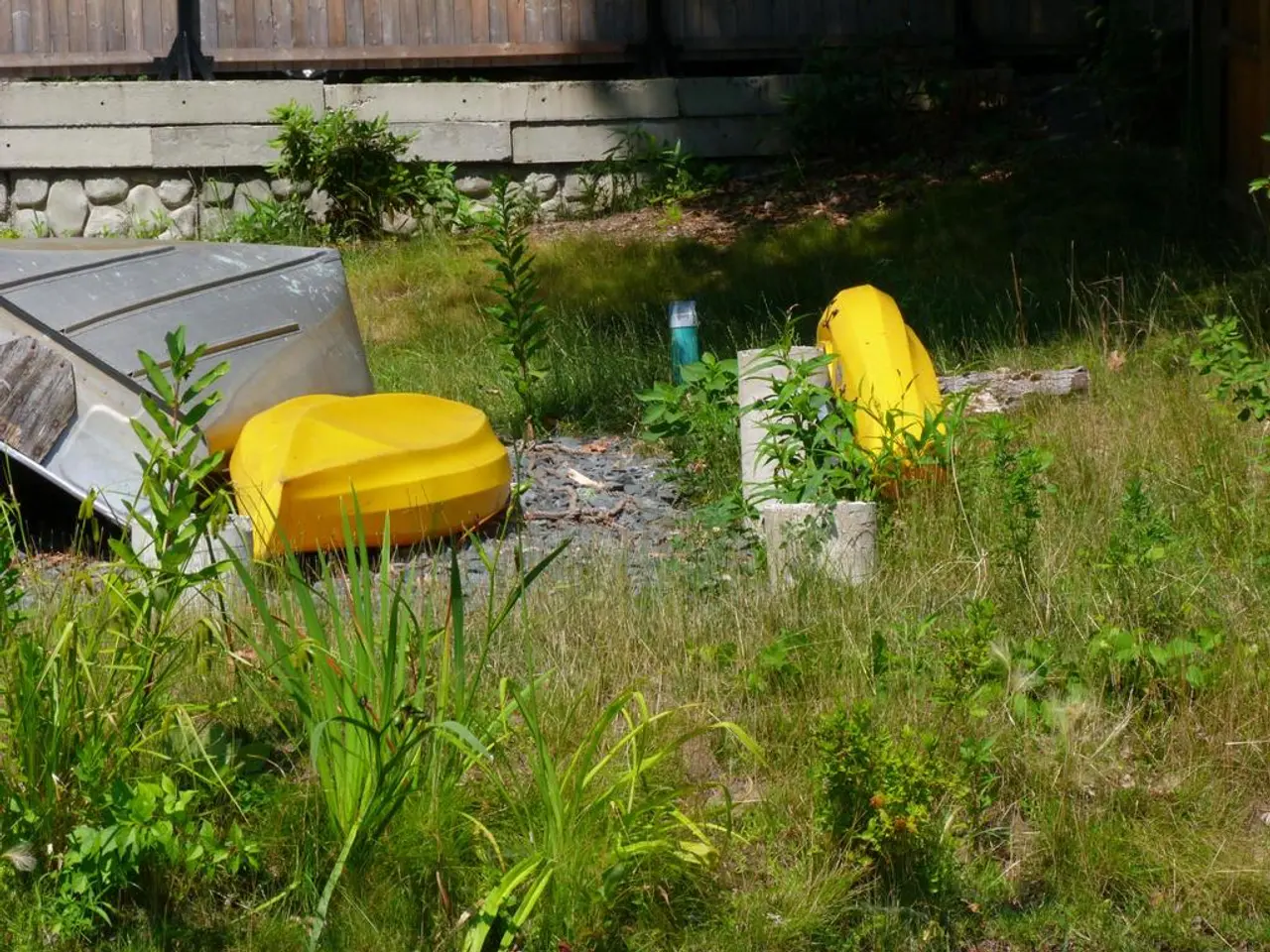Home Brewing Advantages: Exploring 10 Benefits of Making Your Own Beer
Homebrewing, a hobby cherished by many, offers the unique joy of crafting your own beer recipes. This guide takes you through the essential steps to embark on your homebrewing journey, from preparing your equipment to enjoying your homemade brew.
Embrace Cleanliness for a Contamination-Free Brew
Thoroughly clean and sanitize all your brewing equipment to prevent bacterial contamination. This is the first and foremost step in homebrewing.
Gather Your Brewing Ingredients
Crush malted grains and mash them by mixing with hot water (around 62-68°C) for about an hour to convert starches into fermentable sugars.
Boil and Add Hops for Flavor and Bitterness
Boil the mash (now called wort) for about 60 minutes, adding hops at intervals to control the beer's bitterness, aroma, and flavor.
Cool the Wort Rapidly
Rapidly cool the boiled wort to around 20°C to make it safe for yeast addition.
Fermentation: The Beer's Lifeblood
Transfer the cooled wort into a fermentation vessel, pitch yeast, and ferment for a specified period. Yeast converts sugars into alcohol and CO2.
Conditioning and Packaging: The Final Touches
After fermentation, transfer to secondary vessels if desired, clarify, then bottle or keg. Carbonate the beer and allow it to condition, which improves flavor and smoothness.
Raise a Glass to Your Homemade Brew
Refrigerate your finished beer and serve.
Essential Equipment for Homebrewing
A brewing kettle, fermenter (with airlock), sanitizer, hydrometer (optional), bottles or keg, and basic ingredients: water, malted grains, hops, and yeast are the typical equipment required.
A Journey of Improvement
Homebrewing can take from 1-2 weeks for simple ales to several months for lagers depending on the style and experience level. Beginner-friendly all-in-one kits and detailed guides/videos are widely available to help get started.
The Science Behind Homebrewing
The four fundamental ingredients for homebrewing are water, malted grain (usually barley), hops, and yeast. Hops play multiple roles in beer making, adding bitterness, contributing to the beer's aroma, and having antiseptic properties.
A Family Affair
Homebrewing can be a family activity, with opportunities to teach kids about the science behind brewing.
Continuous Improvement is Key
The key to improving homebrew over time is practice, taking notes, and seeking advice from fellow homebrewers or online communities.
Storing Your Homemade Brew
After homebrewed beer is bottled and capped or kegged, it should be stored upright in a cool, dark place.
Start Your Homebrewing Adventure Today
Josh Lindquist, the Continuous Improvement Manager at Spike Brewing, emphasises that they offer products for homebrewers from complete beginners to Nano Brewery scale. So, grab your equipment, gather your ingredients, and dive into the world of homebrewing today!
However, remember to check local laws and regulations regarding homebrewing before you begin. Most jurisdictions have specific laws governing the sale of homemade alcohol, and it's often illegal without the proper licenses and permits.
Happy brewing!
[1] Brew Your Own: The Complete Guide to Brewing Beer at Home (2017), John Palmer and Jamil Zainasheff [2] How to Brew: Everything You Need to Know to Brew Beer Right the First Time (2003), John J. Palmer [3] Homebrewing for Dummies (2019), Gordon Strong [4] The Homebrewer's Garden: How to Plant, Grow, and Tend the Greens, Grains, and Hops for Your Beer (2017), Jack Schmidling [5] Homebrew Academy: The Complete Online Homebrewing Course (Online Course)
- For the best homebrewing experience, consider incorporating home-and-garden elements by growing your own hops, as suggested in 'The Homebrewer's Garden: How to Plant, Grow, and Tend the Greens, Grains, and Hops for Your Beer'.
- Make cooking an integral part of your lifestyle by experimenting with various food-and-drink pairings for your craft beer, learning from brewing guides like 'Brew Your Own: The Complete Guide to Brewing Beer at Home'.
- Homebrewing can be a fun and rewarding family activity that fosters a shared love for both cooking and lifestyle, as discussed in 'A Family Affair'.




